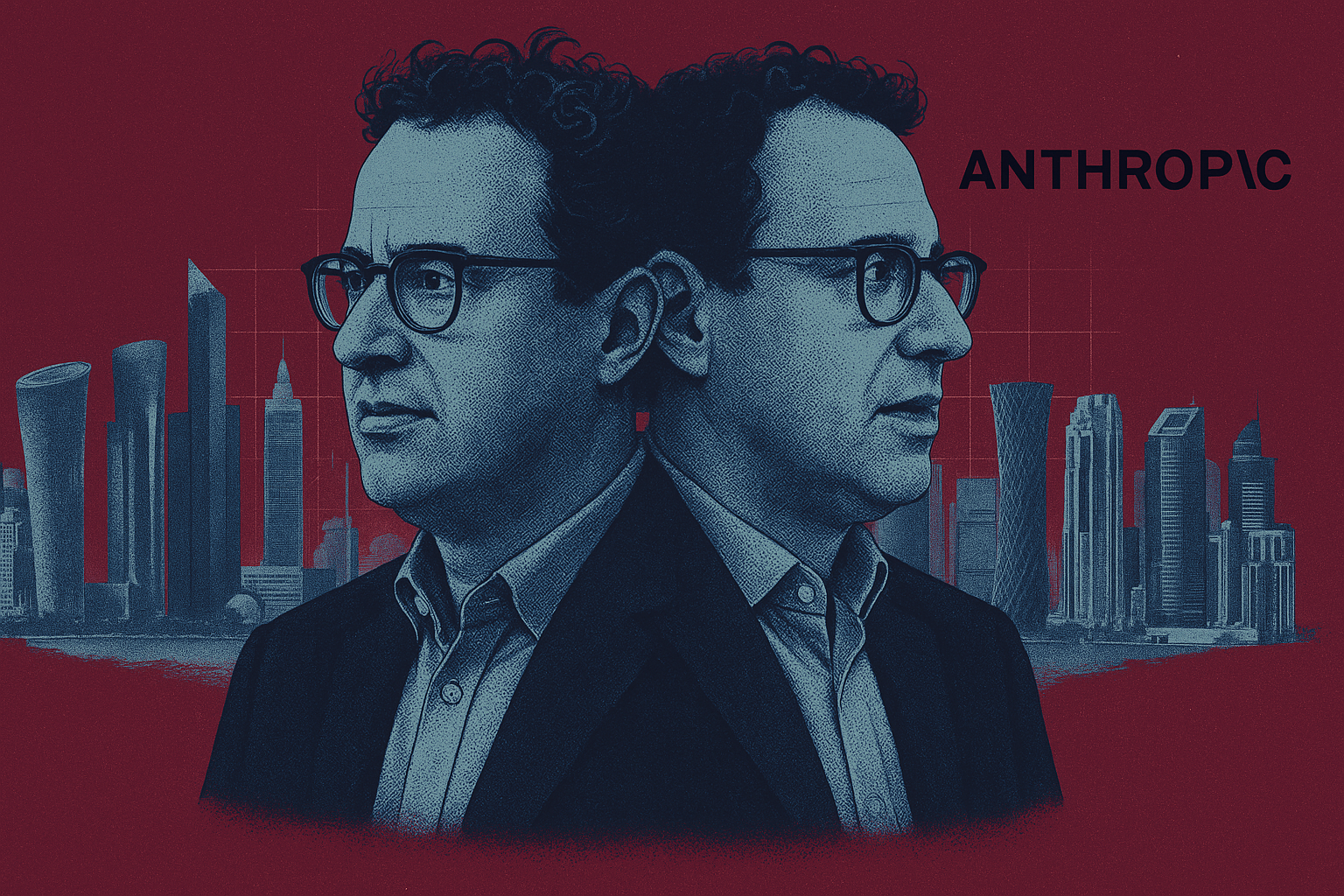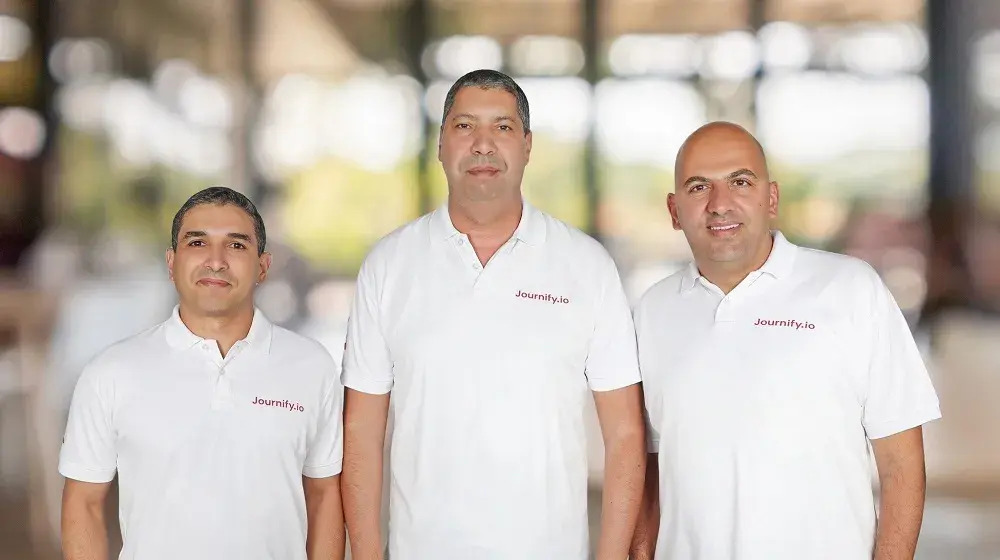Hi friends! 👋
Welcome to the first edition of the MENA VC Playbook.
This series was built on a simple premise: the best venture outcomes in the region don’t happen by accident. They’re the result of hard-won lessons, repeated patterns, and firm-level decisions that compound over time.
To understand what drives success at the earliest stages, we spoke with some of MENA’s top investors, those who’ve backed some of the very best companies across fintech, logistics, SaaS, AI, and commerce, often before anyone else was paying attention.
However, what follows is decidedly not a highlight reel, or a tribute to intuition.
It’s a distillation of dozens of hours of deep, structured conversations, focused on the mechanics of what actually works. From raising from regional LPs to navigating founder relationships, each edition breaks down one of the core levers of venture performance in the Middle East and North Africa.
Much like our Founder Playbook series, this project is about making elite insight accessible.
Because the most important edge in venture, context, shouldn’t be reserved for closed doors.

Below, you’ll find a detailed discussion on the inbound and outbound strategies these investors use to surface the right companies.
Collectively, they’ve assessed tens of thousands of startups, met with thousands of founders, and developed pattern recognition that goes beyond pitch decks or traction metrics. They’ve built theses, tracked operators for years before investing, and navigated opaque markets where intuition is rarely enough.
Across their careers, this group has backed some of the region’s most consequential companies: Careem, Tamara, Insider, Breadfast, Floward, Lendo, Merit Incentives, Mumzworld, Foodics, Calo, Eyewa, Thndr, BRKZ, and Sarwa, to name a few.

To access all of their wisdom, subscribe as a premium member today:
By doing so, you’ll ensure you receive each edition of The MENA VC Playbook.
#2 – How to manage founder relationships & actually add value
#3 – How to conduct due diligence in emerging markets
#4 – Fundraising 101 for MENA-based VC firms

How to build a strong deal flow pipeline
In a market like MENA, if you’re not early, you’re probably too late.
That’s not just conventional wisdom, it’s increasingly backed by data. According to ClearWorld’s 2025 MENA Early Stage Handbook, 2024 marked a critical shift: for the first time in the history of the region’s venture market, the number of active investors outpaced the number of newly formed startups.

Clearworld 2025 MENA Early Stage Handbook
In other words: demand now exceeds supply at the top of the funnel.
Therefore, building a differentiated, proactive pipeline is no longer a nice-to-have, it’s imperative for survival.
The question this edition explores then is simple, but critical: how do the best VCs in MENA actually find the companies they invest in?
Hasan Haider, Founder & Managing Partner, Plus VC
There are two skills essential in VC: reading and gossip.
Reading helps me stay informed, random articles, the latest trends, so that, when founders pitch, I can make connections quickly.
And then there’s gossip. Our industry is half gossip. The faster and more effectively you can get the latest on who’s building what, the better your deal flow
That combination, insight and access, sits at the heart of every sourcing engine. But in MENA, it doesn’t assemble itself. The networks are newer. The data is thinner. And the best founders often build quietly.
That means no imported playbook will work. The architecture of sourcing in Silicon Valley, hyper-specialised networks, pattern-matching, status-based filters, begins to break down here.
As Hasan Haider puts it:
I’ve invested in over 250 startups now, and what I’ve learned in our ecosystem is different from more developed markets. While some investors might prioritise sector or market, in MENA, many markets are still being built. So, if someone’s copying that approach from Silicon Valley, they’re not adapting to our reality.
But that doesn’t mean you discard everything that came before. It means you engage with it differently, translating what applies, localising what doesn’t, and sharpening what remains into something usable.
As Zach Finkelstein of Class 5 Global notes:
MENA is one of those markets that has the purchasing power and stability to support a wide array of business models. At the same time, it’s still a few years behind many tech ecosystems worldwide by a number of metrics. We see that as a massive advantage because we can apply knowledge of successful business models from Silicon Valley and other ecosystems across the Global South, backing them with a high degree of confidence in MENA.
Rather than writing an entirely new playbook from scratch, consider this a faithful translation, diacritic marks and all. Many of the underlying principles are universal. But in MENA, how you apply them – when, where, and with whom – makes all the difference.
That’s what this guide sets out to map:
Table of contents
1. Define your founder filter
• Invest in trajectory, not traction
• Look for execution bias and full commitment
• Prioritise team-building, adaptability, and grit
• Know the difference between coachable and dependent
2. Constrain your focus
• Choose a sector, stage, or geography – then commit
• Focus is not limiting, it’s differentiating
• Let your track record follow your thesis
• Signal what you back before the pitch arrives
3. Engineer Inbound
• Your brand is your sourcing engine
• Founders are your affiliate marketers
• Great feedback > polite silence
• Writing, speaking, and showing up builds gravity
4. Stand for Something Publicly
• Share your thinking at scale
• Podcasts are proof of orbit, not content
• Don’t mimic, authenticity beats polish
• Writing isn’t optional if you want to be remembered
5. Master Outbound
• Meet founders where they are, not at conferences
• Track “pre-startup” ideas before they incorporate
• Use scout networks as force multipliers
• Consistency, not serendipity, drives pipeline

It’s easy to treat sourcing as a black box. It shouldn’t be. Our goal here is to offer clarity, and in doing so, help you build a pipeline that’s not just busy, but truly differentiated.
Thank you to Hasan Haider (Plus VC), Ambar Amleh (Ibtikar Fund), Zach Finkelstein (Class 5 Global), Ivo Detelinov (Oryx Fund), Laila Hassan (Algebra Ventures), Khaled Talhouni (Nuwa Capital), Michael Lints (Golden Gate Ventures), and Hussein Attar (Tech Invest Com) for opening up their sourcing strategies.
Now, let’s dig into it.

Step 1: Define your founder filter

As is the case universally, at the pre-Seed and Seed stage you’re typically not over-indexing on traction; rather you’re investing in trajectory, which, when a startup is learning to walk, is inextricably and unavoidably bound up in the founding team.
And the best investors know exactly what kind of founder they want to back.
Hasan Haider, Founder & Managing Partner, Plus VC
I like numbers. I’m a quantitative person, and that’s why I invest in so many deals.
I ran the models, and for an emerging market like ours, investing in a large number of deals at the seed stage is essential to generating consistent returns.
But when it comes to evaluating individual deals, I realised that numbers alone weren’t enough, so I stopped trying to force metrics into evaluating founders.
In the early days of VC, you don’t yet have the feel for the ecosystem or the founders you want to back.
But after seeing so many deals, investing in some great companies, losing money on others, you develop this “muscle memory” and start to know what to look for.
Here’s what consistently shows up in MENA’s top investor filters:

🔒 Keep reading with a 7-day FREE trial
We’ve spent months developing this 12,000-word playbook, informed by in-depth interviews with eight of the MENA region’s most effective investors.
Inside, you’ll find a detailed breakdown of the founder qualities VCs consistently prioritise, a structured approach to building high-quality inbound dealflow with best-in-class examples, and practical frameworks for using writing, podcasts, and newsletters to create sustained gravity around your fund. You’ll also get early-stage sourcing strategies designed to help you identify breakout companies before they even incorporate.
Not to mention our full archive of in-depth interviews, case studies and strategy breakdowns.








